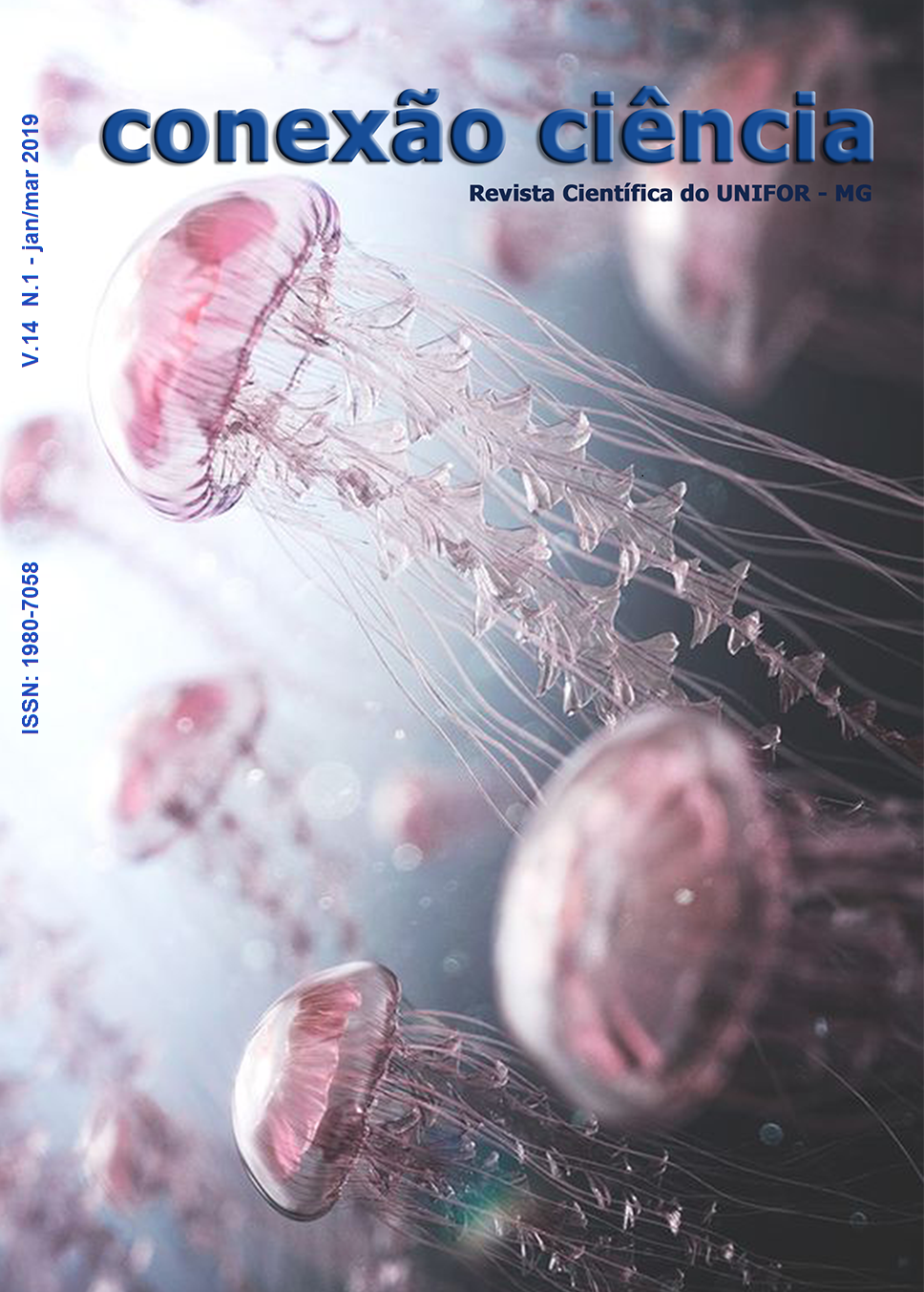ACUTE EFFECT OF INSTRUMENTAL MIOFASCIAL RELEASE ON AUTONOMIC HEART MODULATION IN WEIGHT TRAINING PRACTICERS YOUNG WOMEN
DOI:
https://doi.org/10.24862/cco.v14i1.1040Abstract
Introduction: Instrumental myofascial release is used to release fascial tissue adhesions to skeletal muscles which may result in changes in the autonomic cardiovascular nervous system such as vasodilation and consequent increase in blood flow. Objective: To evaluate the effects of instrumental myofascial release on cardiac autonomic modulation in weight training practicers young women. Methods: The study was performed with 32 weight training practicers young women, 15 of them being allocated to the intervention group and 17 to the control group. The technique of instrumental myofascial release was performed in the volunteers of the intervention group and the off-set therapeutic ultrasound was used in the volunteers of the control group. Heart rate variability was analyzed before and after performing the techniques in both groups. Results: The analysis of two-way ANOVA two-way showed that there wasn’t time effect (Pre and Post): SDNN (f= 4.71, p=0.27), pNN50% (f= 150.1, p=0.05), HF (f= 19.27, p =0.14), LF (f= 45.35, p=0.09), LF/HF (f= 0.30, p=0.29) or group (Intervention or Control): SDNN (f= 0.63, p=0.57), pNN50% (f= 0.06; p=0.84), RMSSD (f= 0.04, p=0.87), LF (f= 55.06, p=0.08), HF (f= 0.11, p=0.79 ), LF / HF (f= 0.30, p=0.67) in all heart rate variability indexes analyzed: There wasn’t interaction effect (Group x Time) since the groups presented increase or decrease in the same direction. Conclusion: The protocol of instrumental myofascial release didn’t influence the autonomic cardiac modulation, since from the analysis of inferential statistics its effect wasn’t superior to the use of the off-set therapeutic ultrasound.



